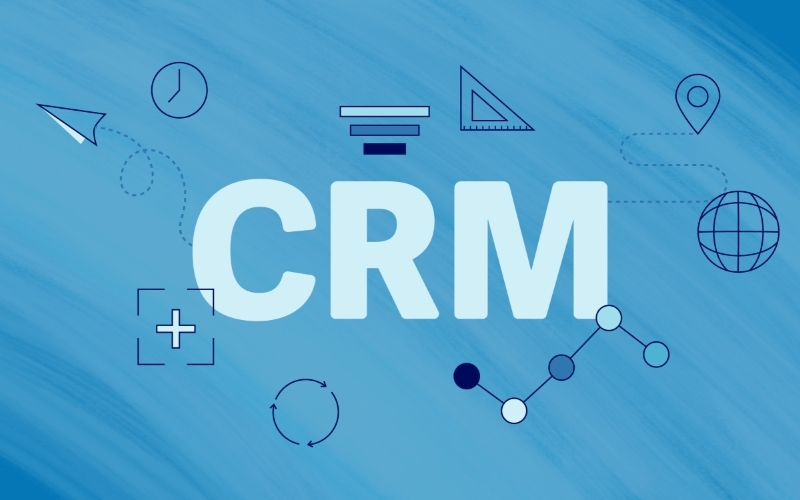Marketing Automation

Is there anyone out there who wouldn’t want to make their job a little more streamlined while generating new business? For most of us, it’s a scenario that sounds more than ideal — and perhaps even a little too good to be true. There are, however, two words that can go a long way to making this dream a reality: marketing automation.
Marketing automation strategies provide you with the opportunity to — you guessed it — automate parts of your marketing process, resulting in less manual work for you with increased returns.
With marketing automation, you can boost your business by doing some (or all) of the following:
Collect and manage lead information
Automate data entry
Create buyer personas
Establish customer journeys
Utilize lead scoring
Implement automated email outreach
Nurture and track leads with campaigns
You may wonder, how can all this be accomplished? Well, set your skepticism aside for a moment, and I’ll take you through how to complete these tasks and change your entire marketing process for the better — helping you save time and grow your business.
1. Collect and Manage Lead Information
Marketing automation allows you to store all the important information and data you collect about your customers and leads in one place. Using a customer relationship management system, you can keep track of everyone you’ve ever emailed, called, done business with and more. Capturing and storing this information in one central system, such as HubSpot, makes it easy to assess contact and other information for these leads using some practical tools.
2. Automate Data Entry
Certain CRM solutions even tout features designed to reduce time spent using the system. One such feature is automated lead data collection and entry, which allows you to get lead generation results without manually investing time to do so. Automated data entry captures interactions between you and your leads, whether it’s an email, a text, a phone call, a meeting invite or something else. Most CRM systems let you add custom capture fields as well, allowing you to focus on the information that matters to you.
With automated data entry, you can spend less time navigating your CRM and manually entering data, and spend more time finding leads and planning your marketing outreach.
3. Create Buyer Personas
Buyer personas are semi-fictional “characters” based on your ideal customers, created using data and research. Personas can help you determine whether leads are qualified prospects as well as guide your content or outreach development to meet the needs of whatever target audience you are trying to reach. The best way to develop strong buyer personas is to use insights from market research in tandem with data collected on your leads and customers — which is conveniently stored in your CRM system.
4. Establish Customer Journeys
The customer journey is the course a customer follows when interacting with a company on their way to a chosen destination — usually a sale, a subscription or another outcome that results in new business. Establishing this journey for your marketing qualified leads will help you visualize the steps that potential customers need to take from the first interaction to the final goal.
Having an agreed-upon customer journey is crucial for effective automation and can take a lot of the manual work off your plate. By having a complete vision of the customer journey, you can automate certain touch points or outreach opportunities, ensuring that your customers remain on the path while you focus on other marketing efforts.


